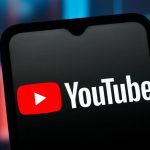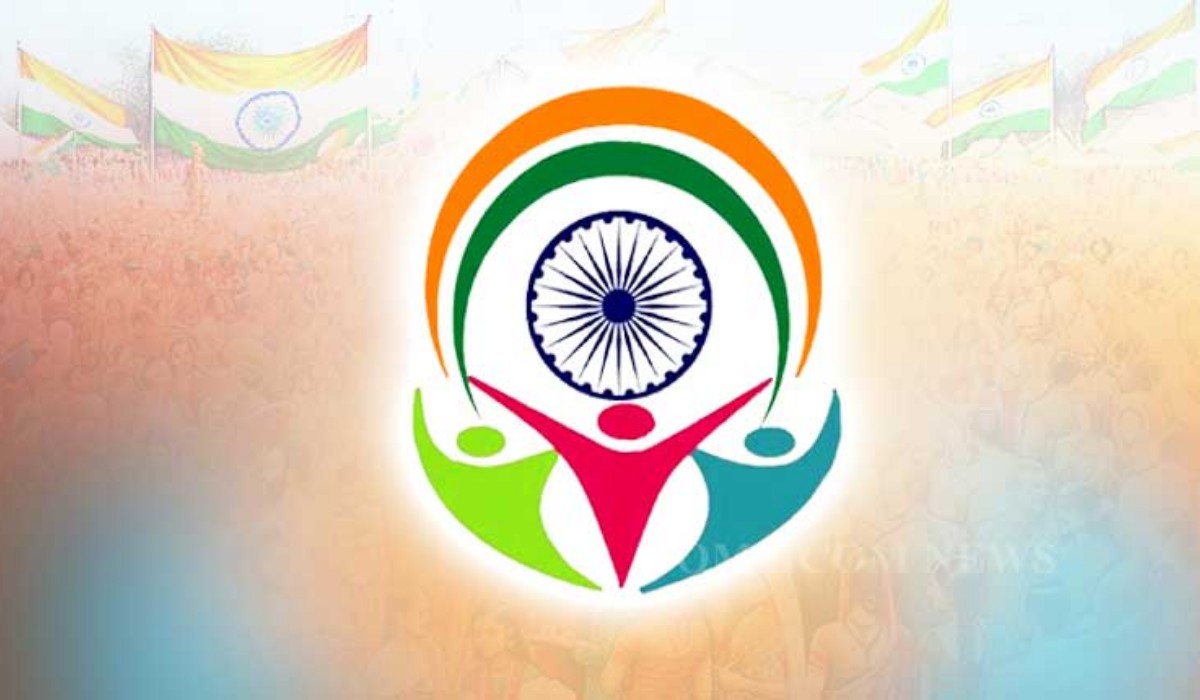Introduction
In the 21st century, social media has transformed how people communicate, share information, and form opinions. What began as a means to connect friends and families has evolved into a global platform that influences political decisions, consumer behavior, and cultural trends. Today, billions of people rely on social media platforms such as Facebook, Instagram, X (formerly Twitter), YouTube, and TikTok not only for entertainment but also for news and social awareness. This widespread influence gives social media a unique power—the power to shape public opinion in ways traditional media never could.
The Rise of Social Media as a Communication Tool
Social media gives every individual a voice. Unlike newspapers or television, which depend on editors and producers to control content, social media enables anyone to publish their thoughts instantly. A single post, tweet, or video can reach millions of users within hours. This accessibility has made it possible for ordinary citizens to participate in global discussions.
For example, during major world events such as natural disasters, elections, or protests, people use social media to share real-time updates and personal experiences. These user-generated posts often provide firsthand information faster than traditional news outlets. As a result, social media plays a major role in shaping how people perceive and interpret events.
Also Read: Brazilian Model Larissa Responds to Allegations of Rahul Gandhi’s Vote Chori Connection
The Role of Influencers and Opinion Leaders
Influencers, bloggers, and content creators have become powerful voices in shaping opinions. Millions of followers trust their views on products, politics, and social issues. Companies use influencers for marketing campaigns because they can shape consumer behavior through personal connection and authenticity.
Beyond marketing, influencers and public figures also drive discussions on important topics such as mental health, body positivity, and equality. For instance, when celebrities or activists share opinions on climate change or gender equality, their followers often adopt similar views or feel motivated to take action. This influence demonstrates how social media personalities can guide public perception.
How Algorithms Shape What People See
One of the most significant yet unseen forces behind social media’s influence is the algorithm. Platforms use algorithms to decide what content appears on a user’s feed based on their interests, search history, and online interactions. This process ensures that users see more of what they already like or agree with.
While this personalization keeps users engaged, it also creates echo chambers—digital spaces where people are exposed only to ideas that confirm their existing beliefs. In such environments, users rarely encounter opposing opinions, which can lead to increased polarization and misunderstanding. Over time, algorithms can subtly shape how people think and what they believe to be true, even without them realizing it.
Positive Effects of Social Media on Public Opinion
Social media can serve as a powerful tool for positive change. It has given a platform to marginalized voices, enabled global activism, and inspired social movements.
Some examples include:
- #MeToo Movement: This campaign empowered millions of women and men to speak out against sexual harassment and demand justice.
- #BlackLivesMatter: Social media played a crucial role in raising awareness about racial injustice and police brutality, prompting worldwide protests.
- #ClimateStrike: Led by young activists like Greta Thunberg, this movement used social media to mobilize millions of people for environmental causes.
In each of these cases, social media united people across countries and cultures, turning online discussions into real-world action.
Negative Impacts and Risks
Despite its benefits, social media also has negative consequences. The same speed and reach that make it powerful can also spread misinformation, fake news, and propaganda. False information can go viral quickly, influencing people’s beliefs before fact-checkers can correct it.
Additionally, social media can create pressure to conform to popular opinions. Users may hesitate to share unpopular views for fear of criticism or “cancel culture.” Cyberbullying and hate speech are also major problems that affect individuals emotionally and mentally. When users depend solely on social media for information, they risk developing biased or incomplete perspectives.
Social Media and Politics
Politics is one of the areas most affected by social media. Political leaders use platforms to connect directly with citizens, share their messages, and influence public sentiment. During elections, social media campaigns play a decisive role in shaping voter opinions.
However, political manipulation is also a concern. Some groups use bots, fake accounts, and targeted ads to spread propaganda or influence election results. This misuse of technology highlights the importance of transparency and regulation in the digital space.
The Psychological Aspect of Influence
Social media affects human psychology by triggering emotional responses. People tend to trust information that aligns with their feelings or values. Emotional posts—especially those that make users angry, sad, or inspired—spread faster because they generate more engagement. This emotional nature of online communication makes social media a double-edged sword: it can promote empathy and awareness but also fuel fear and division.
How to Use Social Media Responsibly
To minimize negative impacts, users must learn to use social media responsibly. Critical thinking is essential when reading or sharing information online. Users should:
- Verify sources before believing or sharing posts.
- Follow diverse viewpoints to avoid echo chambers.
- Engage respectfully in online discussions.
- Report misinformation and harmful content.
- Limit screen time to maintain mental well-being.
Governments, educators, and social media companies also play a role by promoting digital literacy, implementing stricter fact-checking systems, and ensuring transparency in algorithms.
Conclusion
Social media holds tremendous power to shape public opinion. It connects billions of people, spreads information instantly, and amplifies voices that might otherwise remain unheard. However, this power must be used wisely. While it can promote awareness, equality, and positive change, it can also mislead and divide when misused.
Ultimately, the responsibility lies with users, educators, and policymakers to create a balanced and informed digital environment. By thinking critically, verifying facts, and engaging respectfully, we can ensure that social media becomes a tool for truth, unity, and global progress—rather than a weapon of misinformation and division.
Also Read: Climate Change in 2025: Are We Too Late to Reverse It?











